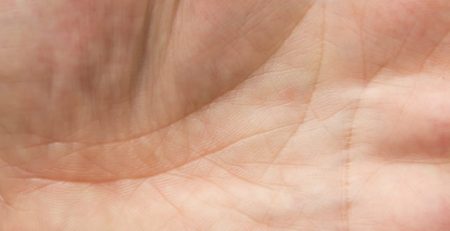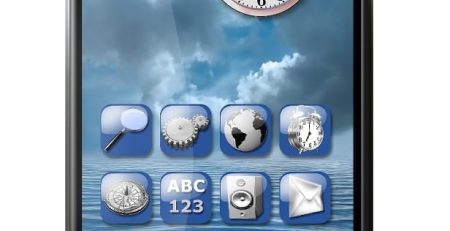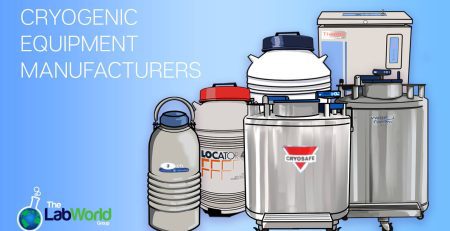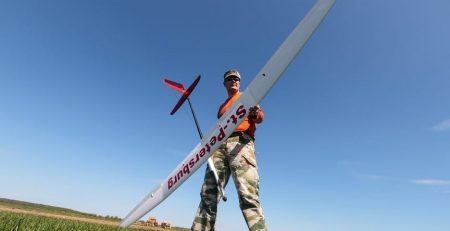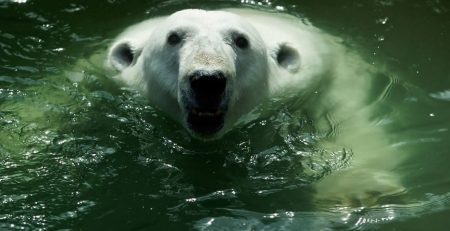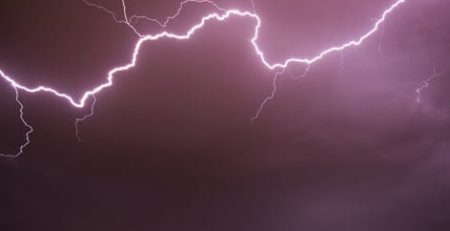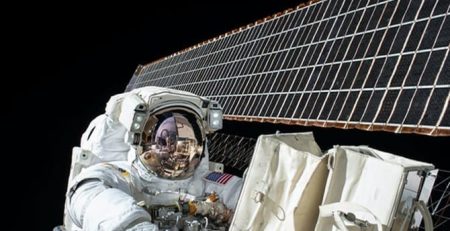The Coolest College Lab of 2013
Every wonder what it’s like to be a Particle Physicist, Electrical Engineer, or even Heliophysicist? Well at the [b][url=http://www.wisc.edu/]University of Wisconsin[/url][/b], hundreds of students each year ponder this same questions. Some of the lucky ones are chosen to embark on a journey to the IceCube Neutrino Observatory in the South Pole for a research adventure. So we tip our hats to the lucky few as we nominate the[b][url=http://icecube.wisc.edu/] IceCube Lab[/url][/b] from the University of Wisconsin as the “COOLEST COLLEGE LAB OF 2013”. Buried deep in the ice below the [b][url=http://www.southpolestation.com/]Amundsen-Scott South Pole Station[/url][/b], IceCube is the world’s largest and most remote neutrino observatory. Neutrinos are nearly massless particles that rarely interact with matter. Trillions of them pass through the earth every second, carrying information that may help explain the physics of supernovae and the source of high-energy cosmic rays. Because their signatures are very weak and rare, scientists had to bury vertical strings of the detectors deep in the Antarctic ice, which blocks photons from the sun and cosmic rays. The clear ice in IceCube’s dark underground setting allows the detectors to see the faint blue light that appears after a neutrino hits an atom within the ice. Every year, dozens of undergraduates from the University of Wisconsin-Madison (or one of its 40 or so international collaborators) secure research positions with IceCube. For most, that means monitoring the lab’s detectors from stations in the U.S. and Europe. But for a lucky few, it can mean a trip to the South Pole. After passing a physical, students embark on a 72-hour journey, stopping first in New Zealand. From there, they fly to McMurdo research station on Antarctica’s coast and then on to the South Pole, 850 miles away, in a ski-equipped propeller plane. Pending funding, the university may send four students to spend three weeks there during the Antarctic summer season. Once they acclimate to the 9,000-foot altitude at IceCube, students will monitor signals from neutron detectors while braving temperatures of –20 to –30 degrees Fahrenheit. The work may be uncomfortable and the target very, very small, but the students could help answer some of the biggest questions in the universe. By: Brooke Borel





